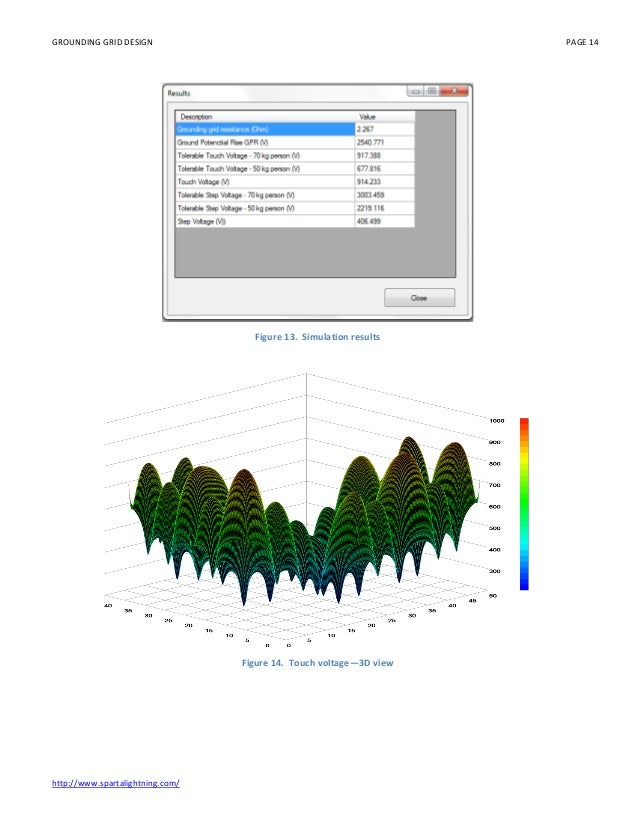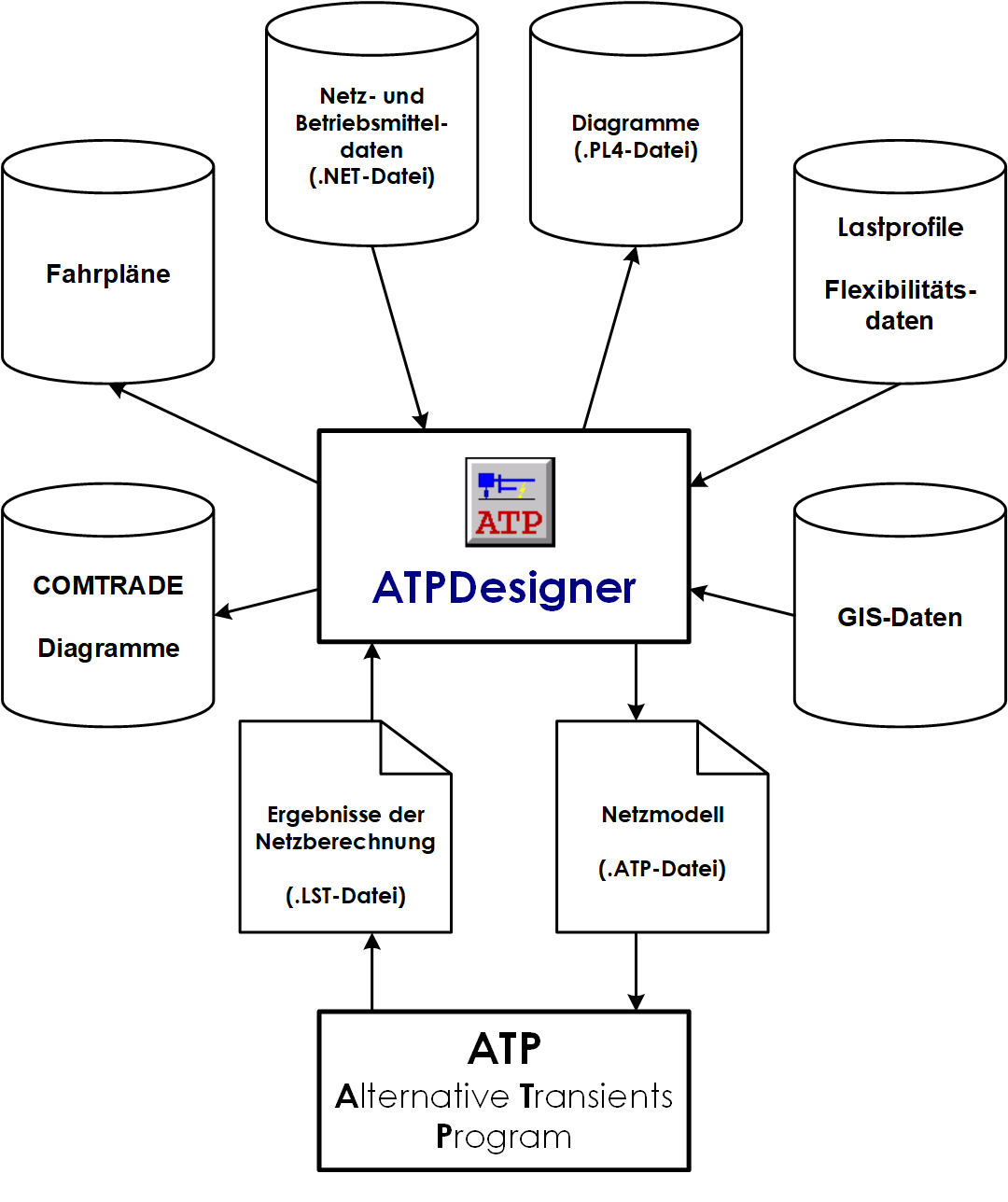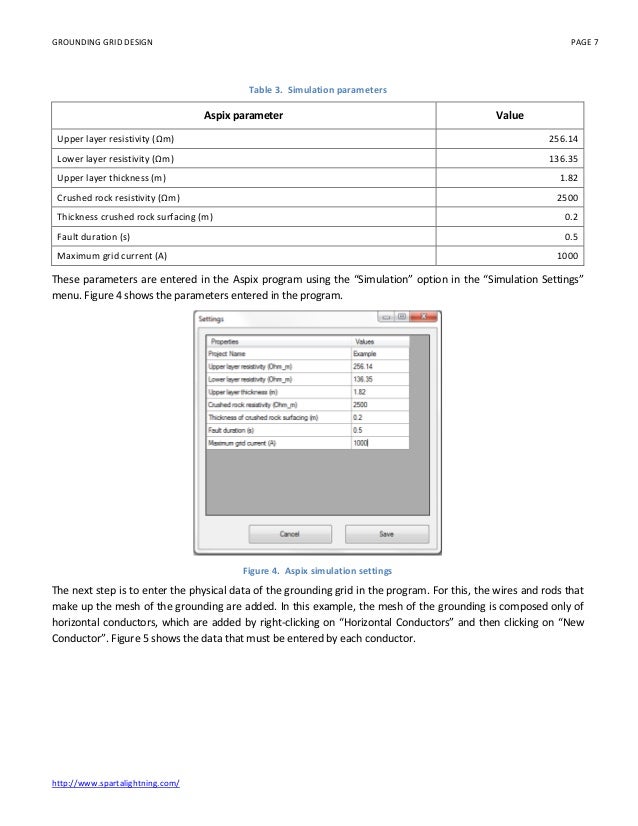
21ĥ.5.6 Modifying Bundle Connections on a Subcircuit Block. 19ĥ.5.1 Creating a Bundle Port Connector 19ĥ.5.5 Verifying the Subcircuit Block. 14ĥ.4.6 Closing and Verifying the Subcircuit 17ĥ.5 Tutorial 5: Advanced Subcircuit Topics. 14ĥ.4 Tutorial 4: Creating a Subcircuit Top Down. 13ĥ.3.5 Creating a subcircuit using Port Connectors. 9ĥ.3.4 Saving a Subcircuit Device to a Library.

5ĥ.3 Tutorial 3: Creating a Subcircuit Bottom Up. 4ĥ.1.3 Setting device data and running a simulation. 4ĥ.1.1 Start the program and create your first design. § ScopeView: © Copyright 2010-2021 Hydro-Québecġ.1 An intuitive and user-friendly Graphical User Interface (GUI) 1ĥ.1 Tutorial 1: Creating a simple schematic. § DesignWorks: © Copyright 1985-2011 Capilano Computing Systems Ltd., 2011-2021 by Flying Objects Software Inc. § EMTP ® and EMTPWorks: © Copyright 2016-2021 Hydro-Québec, EDF and RTE. In no event will PGSTech or its direct or indirect suppliers be liable for any damages whatsoever including, but not limited to, direct, indirect, incidental, or consequential damages of any character including, without limitation, loss of business profits, data, business information, or any and all other commercial damages or losses, or for any damages in excess of the list price for the license to the software and documentation. PGSTech makes no representation or warranty with respect to the adequacy or accuracy of this documentation or the software which it describes. No part of this manual may be copied or reproduced in any form or by any means without written permission from PGSTech. When handling CPU's with higher power (> 80 W), jet impingement cooling along with proper heat sink design and PC chassis design offers another possible choice.Information in this document is subject to change without notice. It was found that the cooling effect was further enhanced. Moreover, by changing the design of the PC chassis, we were able to increase the fin height and z/D from 32.75 mm to 38.05 mm and from 4 to 8, respectively. Specifically, the cooling performance by jet impingement for Re = 15000 and fin width 5.3 mm surpasses that by using fan-heat sink coolers. When the fin width was increased to 5.3 mm, the performance by jet impingement was improved significantly.

CPU, it was found that the cooling effect by using air impingement on a heat sink with z/D = 4 and fin width 4.13 mm for the jet Reynolds number (Re) between 20000 to 25000 is comparable with the cooling effect achieved by using traditional coolers. The effects of fin height, fin width, base plate thickness of the heat sink, and ratio of the vertical spacing between the nozzle and the heat sink to jet diameter (z/D) were discussed in detail.


The feasibility and effectiveness of air impingement cooling on pin-fin heat sinks applied in personal computers (PC) were investi-gated numerically in this study.


 0 kommentar(er)
0 kommentar(er)
